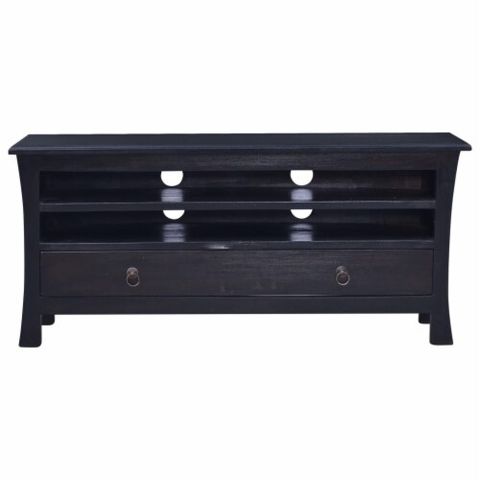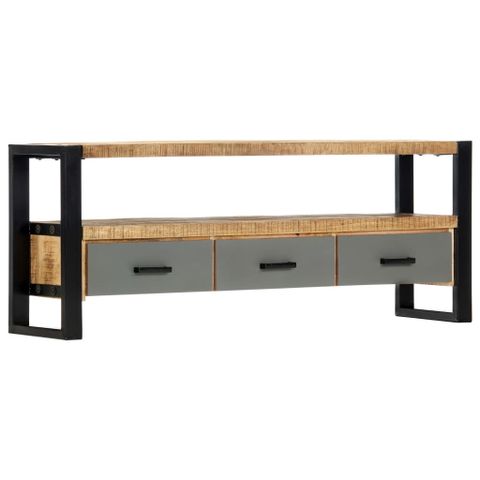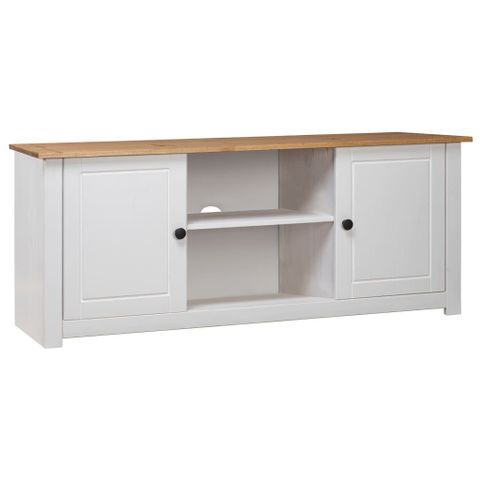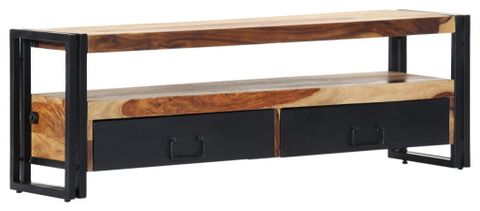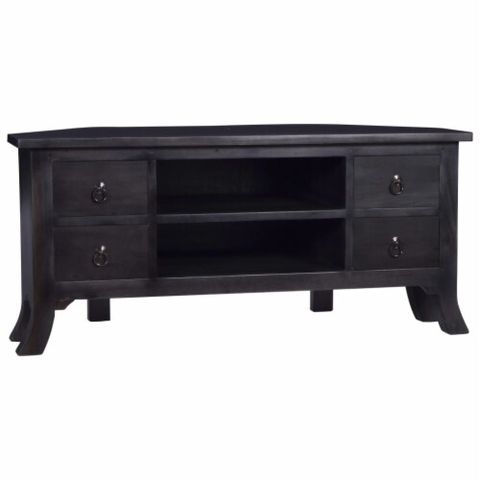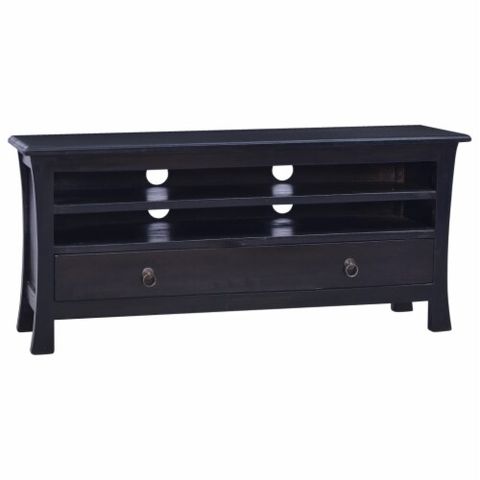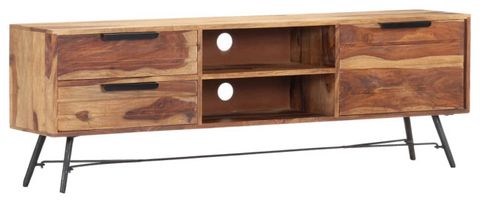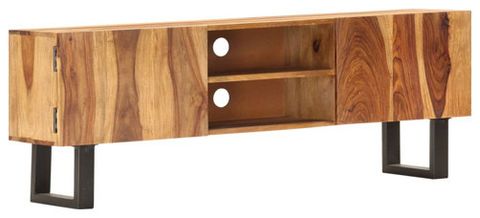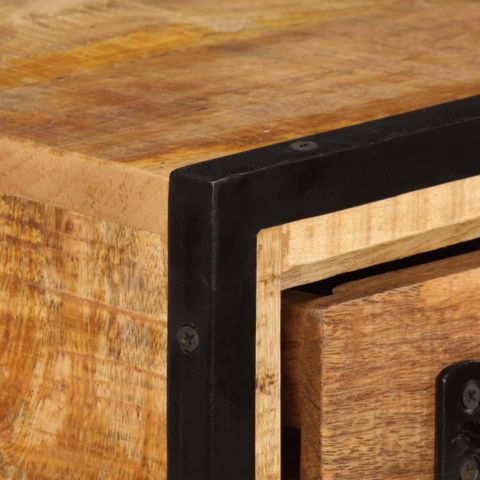Think back to when your living room was dominated by a massive, boxy television and its equally clunky entertainment center. Those days are long gone. Today’s TV consoles have evolved from mere storage solutions into sophisticated design elements that define entire rooms. What used to be a simple place to stash cables and devices has become a focal point of modern interior design. The shift reflects how deeply our entertainment systems now influence our daily lives and aesthetic preferences.
Modern television consoles have undergone a dramatic transformation over the past decade. No longer just functional pieces designed to hide wires and hold equipment, today’s TV stands are artistic statements that blend form and function seamlessly. Whether you’re looking to create a minimalist sanctuary or a bold architectural feature, the choices available today offer unprecedented flexibility. These designs reflect our changing relationship with technology and our desire to integrate it gracefully into our living spaces. The evolution isn’t just about aesthetics – it’s about creating environments where entertainment feels effortless and beautiful.
Minimalist Marvels: Clean Lines and Hidden Technology
Minimalism has taken over the world of TV console design, and for good reason. Clean lines, uncluttered surfaces, and cleverly concealed technology have become the hallmarks of premium console selections. Think of those sleek designs that look like elegant furniture pieces rather than electronic storage units. This approach emphasizes the importance of visual harmony in living spaces. Many designers now focus on creating consoles that disappear into walls or blend seamlessly with existing decor. The trend toward minimalism means fewer visible cables, hidden speakers, and integrated components that work together invisibly. For instance, some models feature built-in cable management systems that keep every wire neatly tucked away, while others incorporate smart storage solutions that allow you to store everything from gaming systems to streaming devices without creating visual chaos. The result? A clean aesthetic that enhances rather than detracts from your space.
Material Revolution: Natural Textures Meet Modern Craftsmanship
The materials used in contemporary TV consoles tell a story about our evolving tastes and values. Natural wood tones, stone finishes, and metal accents have gained popularity because they bring warmth and sophistication to otherwise cold technological spaces. The contrast between traditional materials and modern design creates visual interest that keeps viewers engaged. Some manufacturers are experimenting with reclaimed wood, bamboo, and even recycled materials to appeal to environmentally conscious consumers. Others are combining different textures within single pieces – think smooth glass tops paired with rough-hewn wood bases. This juxtaposition adds depth and character that simple monochromatic designs often lack. The material choices also impact durability and maintenance requirements. For example, solid wood consoles may require more care but offer timeless beauty, while metal and glass combinations provide easy cleaning and modern appeal. These decisions aren’t just about looks – they reflect our growing awareness of sustainability and quality craftsmanship.
Smart Integration: Beyond Basic Storage Solutions
Today’s consoles go far beyond storing your television and accessories. They’ve become hubs for managing multiple devices and streams of information. Smart consoles feature built-in charging stations, wireless connectivity options, and even integrated lighting systems. Some models can control your entire home entertainment setup through smartphone apps or voice commands. The integration extends to power management, allowing you to control outlets and devices with precision. These advancements make console selection much more strategic – you’re choosing a system that will support your lifestyle for years to come. Consider consoles that accommodate future technology upgrades or allow for modular additions. For example, some brands offer expansion modules that let you add extra storage or connectivity features without replacing the entire unit. This adaptability ensures your investment remains relevant as your needs change and technology advances.
Height and Scale: Creating Visual Impact
The vertical dimension of TV consoles has become increasingly important in modern design. Tall, slender consoles create a sense of elegance and sophistication that low-profile models simply cannot match. These tall designs often feature multiple tiers or compartments that allow for better organization while maintaining visual balance. The height can draw the eye upward, creating a more dynamic composition in the room. Many designers now emphasize proportion and scale, ensuring that the console complements rather than overwhelms the television screen. This attention to size relationships helps prevent the common mistake of choosing a console that’s too large or too small for the space. Some popular approaches include consoles that extend well above the television, creating a striking silhouette against the wall. Others use varying heights within a single unit to create visual interest and movement. The key is finding the right balance between functionality and visual impact.
Color Psychology: Making Bold Statements
Color choices in TV console design reflect both personal taste and psychological impact. While neutral tones like white, black, and gray remain popular for their versatility, bolder colors are gaining traction among homeowners seeking to make a statement. Deep blues, rich burgundies, and vibrant greens can transform a room’s energy and mood. These choices often align with broader interior design trends and personal style preferences. Some designers argue that color should complement rather than compete with the television screen, while others see it as an opportunity to create a cohesive color palette throughout the space. The psychological effects of different hues play a role in how we feel in our homes. For instance, warm tones might promote relaxation, while cooler tones can create a more energizing environment. The challenge lies in selecting colors that enhance the overall aesthetic rather than clash with it. Consider how the console’s color interacts with surrounding furniture and lighting fixtures to ensure harmony across the entire space.
Functionality Meets Form: Multi-Purpose Design Solutions
Contemporary console design recognizes that people want more from their entertainment centers than just storage. These modern pieces often serve multiple purposes, combining entertainment storage with display areas, workspace elements, and even seating considerations. Modular designs allow users to customize their console based on current needs and changing lifestyles. Some consoles incorporate shelving that can showcase books, plants, or decorative objects alongside electronic equipment. Others feature adjustable shelves or removable components that adapt to different configurations. The rise of multi-functional furniture reflects our increasingly mobile and diverse living situations. People need spaces that can accommodate everything from remote work setups to family game nights. These versatile designs often include features like hidden compartments for documents, built-in lighting for reading areas, or even small work surfaces for laptops and tablets. The emphasis is on creating furniture that supports modern life rather than merely containing electronics.
The world of TV console design represents more than just a practical necessity – it’s a reflection of how we want to live, work, and entertain ourselves in the digital age. These pieces have evolved from simple storage solutions into sophisticated design elements that shape our daily experiences. As technology continues to advance, we can expect these consoles to become even more integrated into our living spaces, offering smarter solutions and more seamless experiences. The trends we’re seeing today – from minimalist aesthetics to smart integration – show that thoughtful design can make even the most mundane household items feel special. Whether you’re drawn to the clean lines of modern minimalism or the bold statements of colorful design, there’s a console out there that matches your vision for your perfect entertainment space. The key is understanding what makes each design choice meaningful in the context of your lifestyle and home environment. The future of TV console design promises continued innovation, with new materials, technologies, and creative approaches emerging regularly. The challenge for consumers is staying informed about these developments while making choices that truly serve their needs and aesthetic preferences. After all, your entertainment center should enhance your life, not complicate it.
[sps_html tag=”img” src=”https://marcpauze.com/wp-content/uploads/2025/10/vidaxl-tv-stand-tv-unit-sideboard-tv-console-with-drawers-solid-mango-for-functional-beauty-in-contemporary-furniture-design.jpg” alt=”Vidaxl Tv Stand Tv Unit Sideboard Tv Console With Drawers Solid Mango … for Functional Beauty in Contemporary Furniture Design” style=”width: 100%; height: auto;”]
[sps_html tag=”img” src=”https://marcpauze.com/wp-content/uploads/2025/10/vidaxl-tv-stand-tv-unit-sideboard-tv-console-media-cabinet-solid-within-functional-beauty-in-contemporary-furniture-design.jpg” alt=”Vidaxl Tv Stand Tv Unit Sideboard Tv Console Media Cabinet Solid … within Functional Beauty in Contemporary Furniture Design” style=”width: 100%; height: auto;”]
[sps_html tag=”img” src=”https://marcpauze.com/wp-content/uploads/2025/10/vidaxl-tv-stand-light-black-coffee-39-4-x11-8-x17-7-solid-wood-mahogany-intended-for-vidaxl-tv-stand-tv-console-sideboard-solid-mahogany-wood-with-light-black-coffee.jpg” alt=”Vidaxl Tv Stand Light Black Coffee 39.4 X11.8 X17.7 Solid Wood Mahogany … intended for Vidaxl Tv Stand Tv Console Sideboard Solid Mahogany Wood With Light Black Coffee” style=”width: 100%; height: auto;”]
[sps_html tag=”img” src=”https://marcpauze.com/wp-content/uploads/2025/10/vidaxl-tv-stand-tv-unit-sideboard-tv-console-media-cabinet-solid-wood-with-regard-to-vidaxl-tv-stand-tv-console-sideboard-solid-mahogany-wood-with-light-black-coffee-1.jpg” alt=”Vidaxl Tv Stand Tv Unit Sideboard Tv Console Media Cabinet Solid Wood … with regard to Vidaxl Tv Stand Tv Console Sideboard Solid Mahogany Wood With Light Black Coffee” style=”width: 100%; height: auto;”]
[sps_html tag=”img” src=”https://marcpauze.com/wp-content/uploads/2025/10/vidaxl-tv-stand-light-black-coffee-39-4-x11-8-x17-7-solid-wood-mahogany-for-vidaxl-tv-stand-tv-console-sideboard-solid-mahogany-wood-with-light-black-coffee.jpg” alt=”Vidaxl Tv Stand Light Black Coffee 39.4 X11.8 X17.7 Solid Wood Mahogany … for Vidaxl Tv Stand Tv Console Sideboard Solid Mahogany Wood With Light Black Coffee” style=”width: 100%; height: auto;”]

